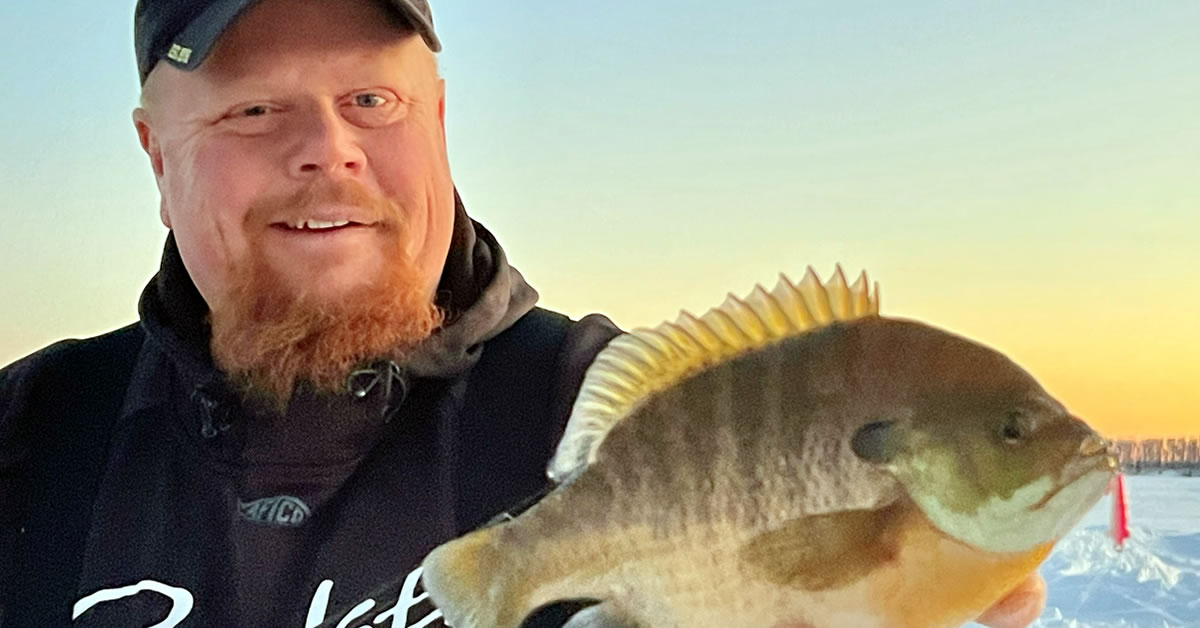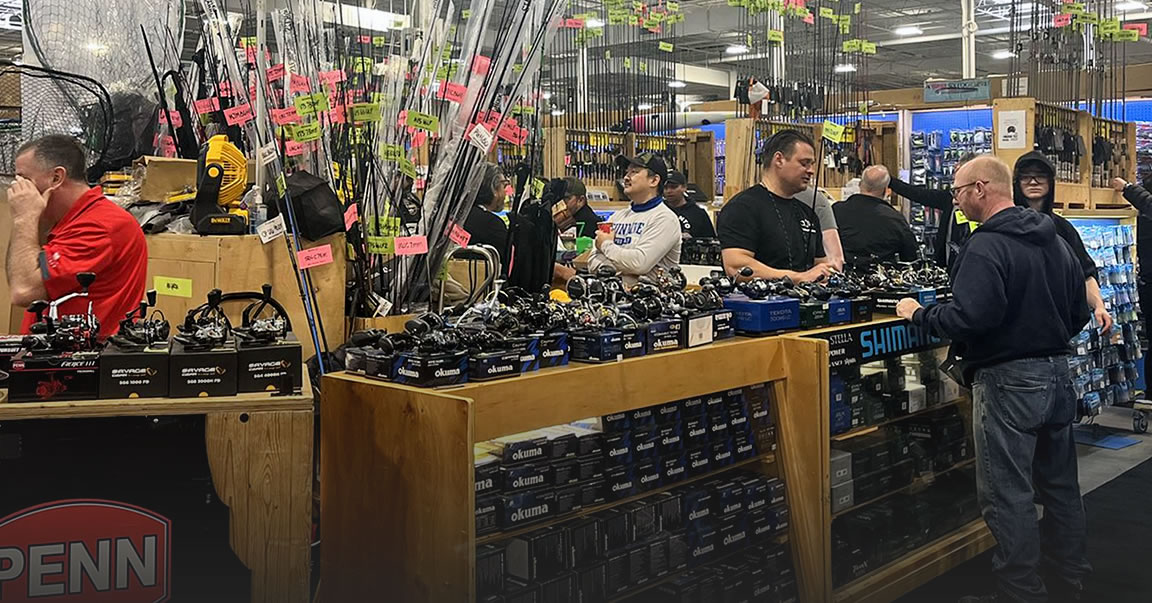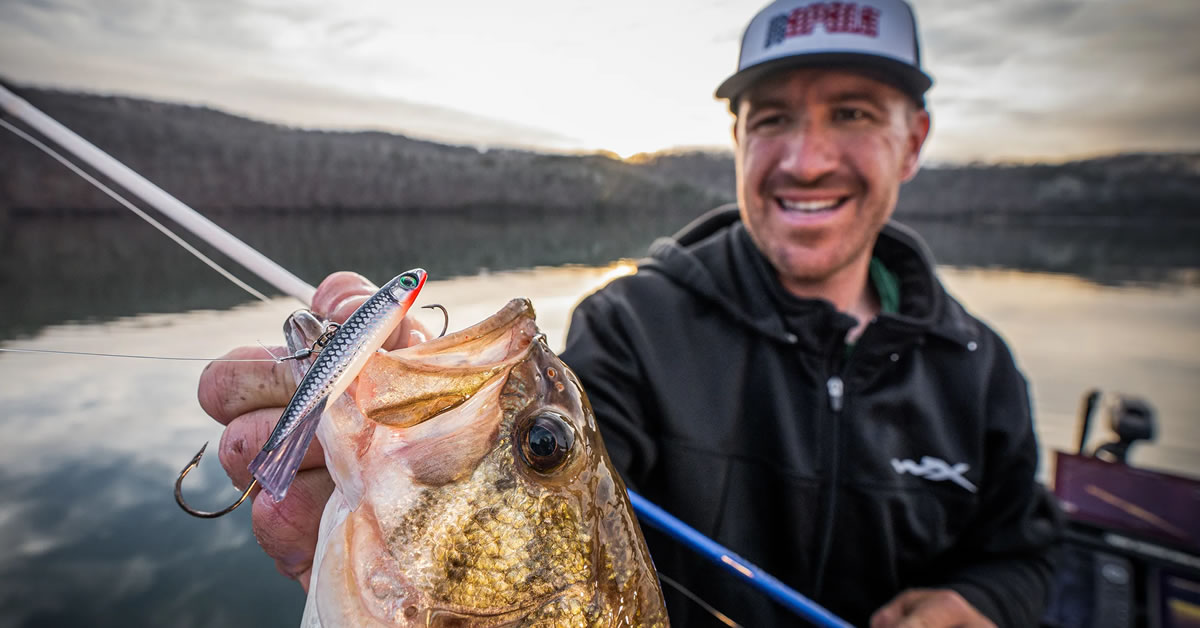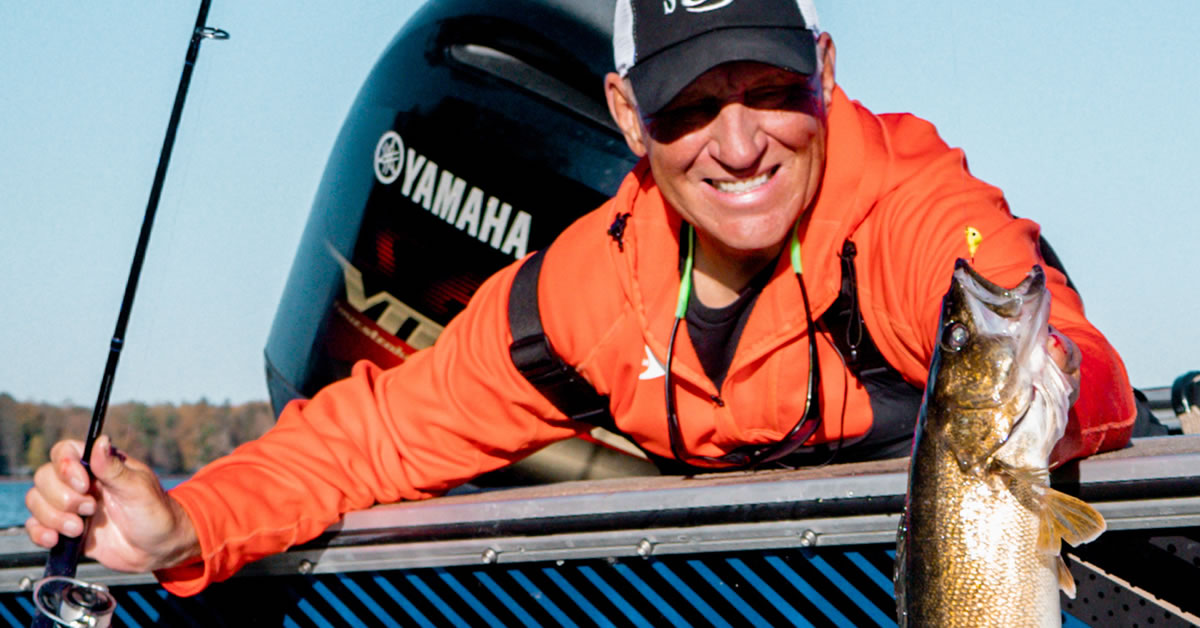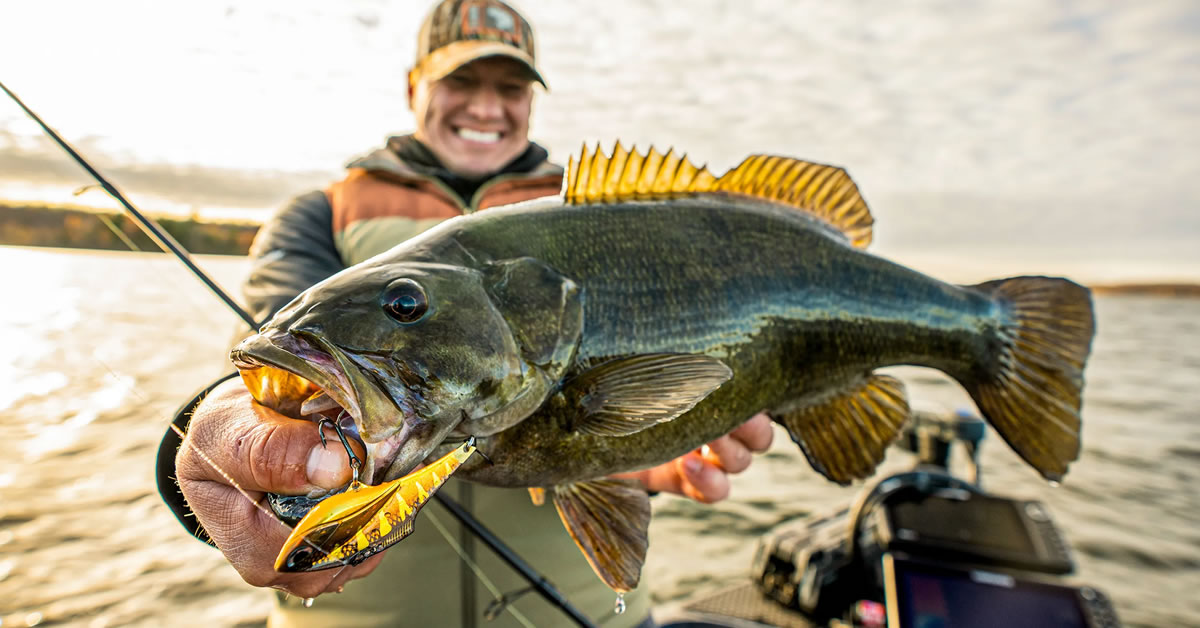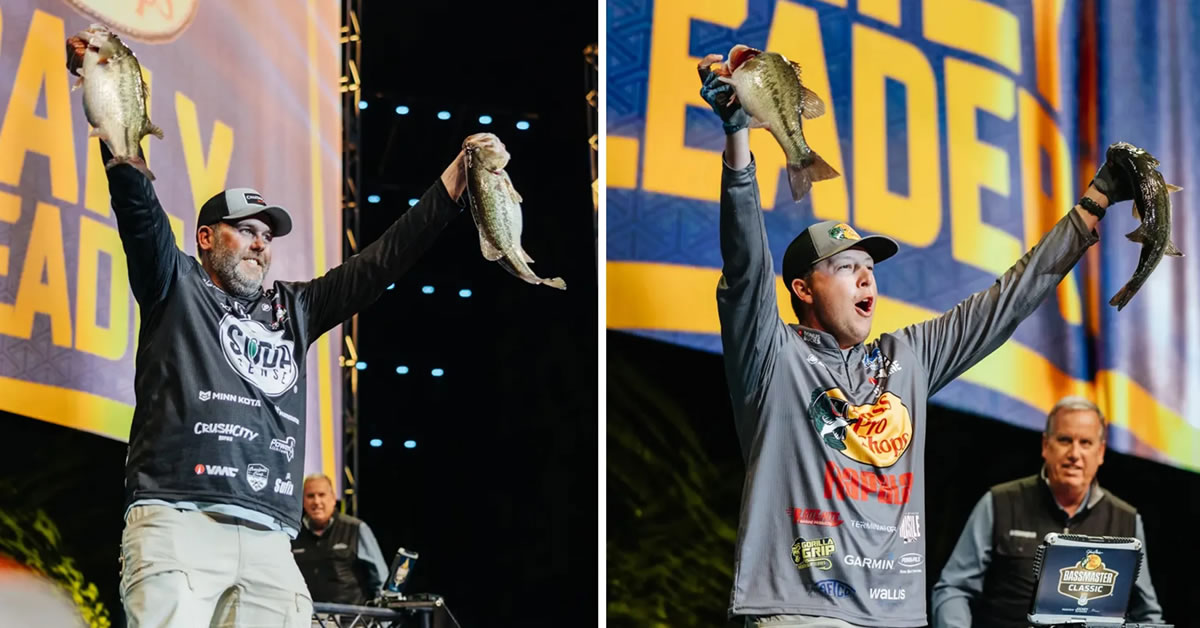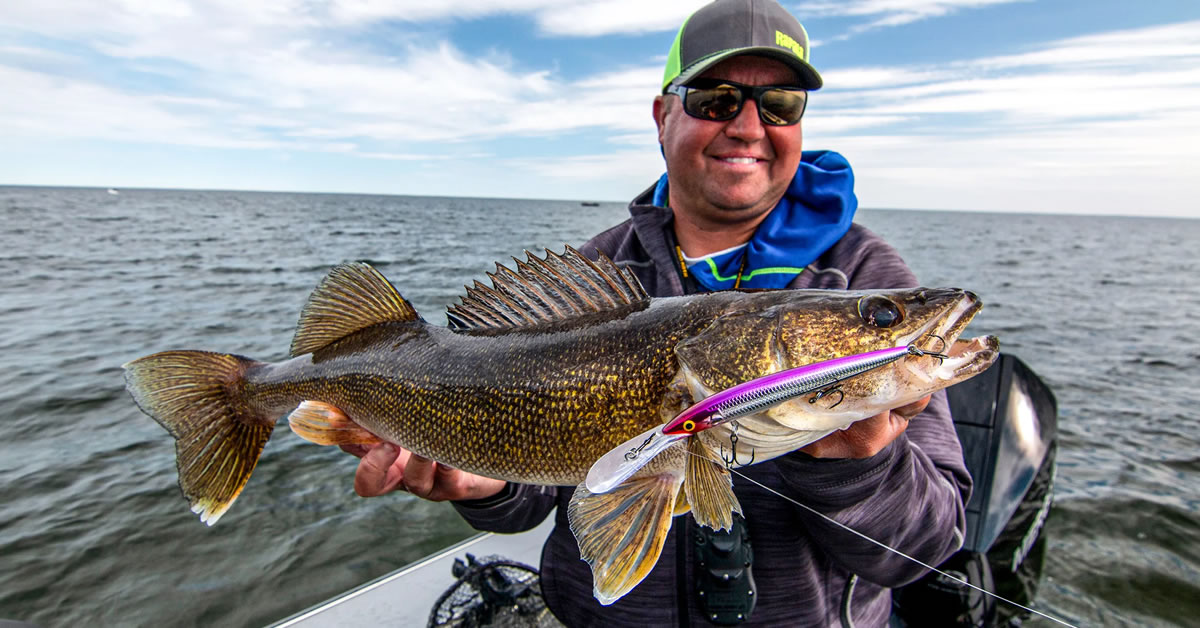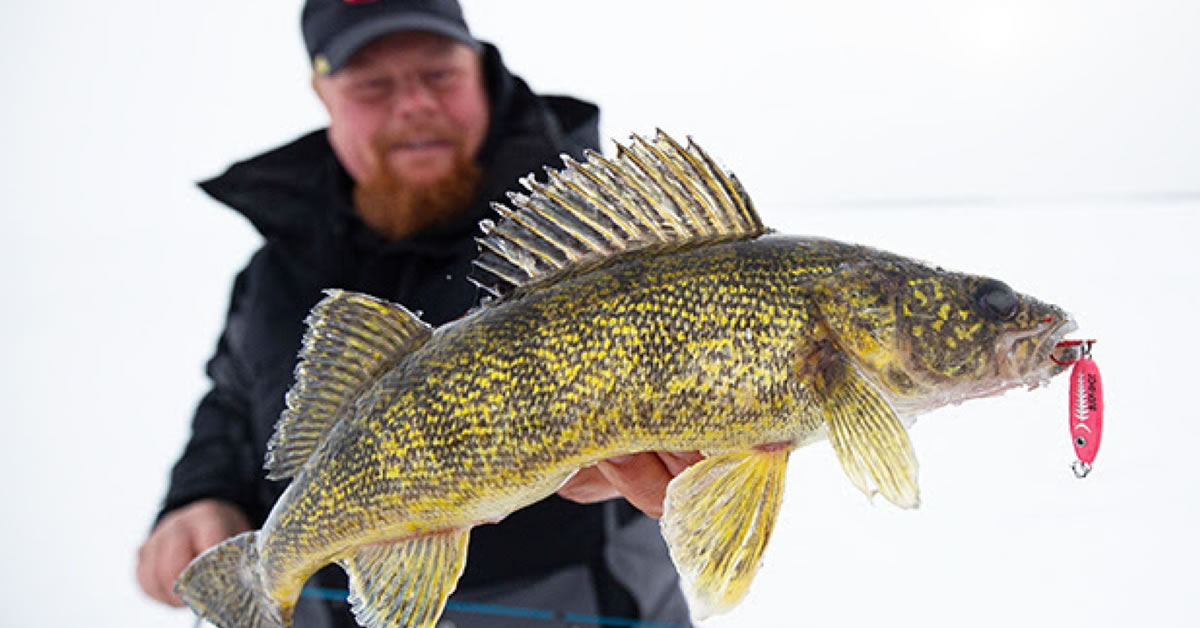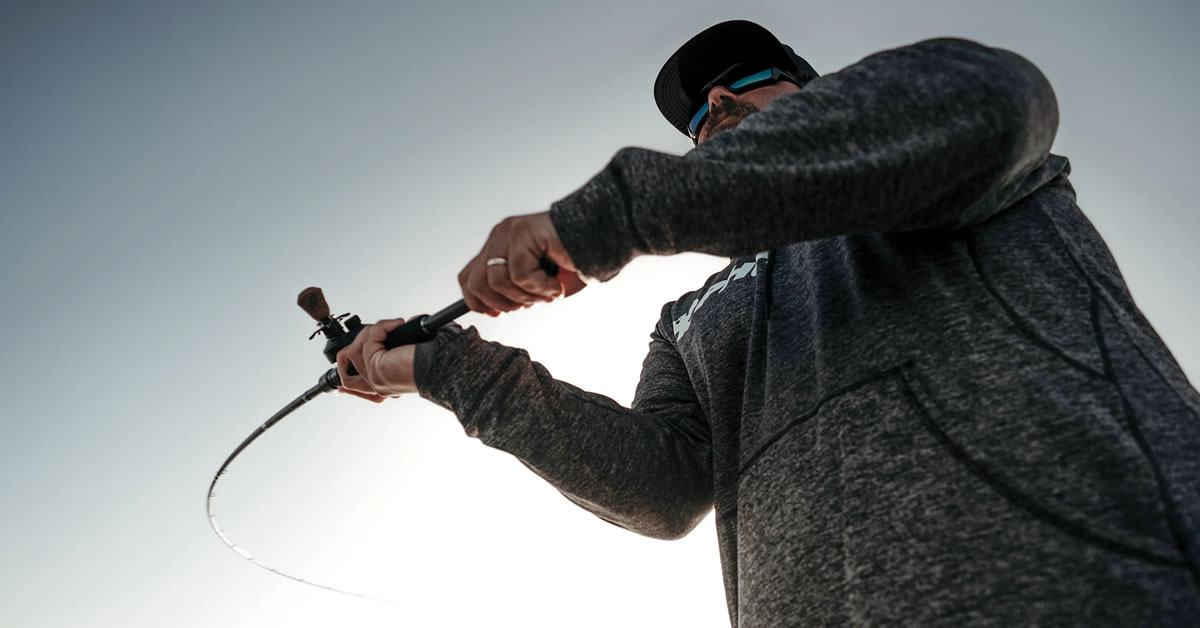Drop-Shotting: Tempt Finicky Largemouth & Smallmouth Bass
The basics are simple but the options are endless for fishing the dropshot
by Lake-Link Staff
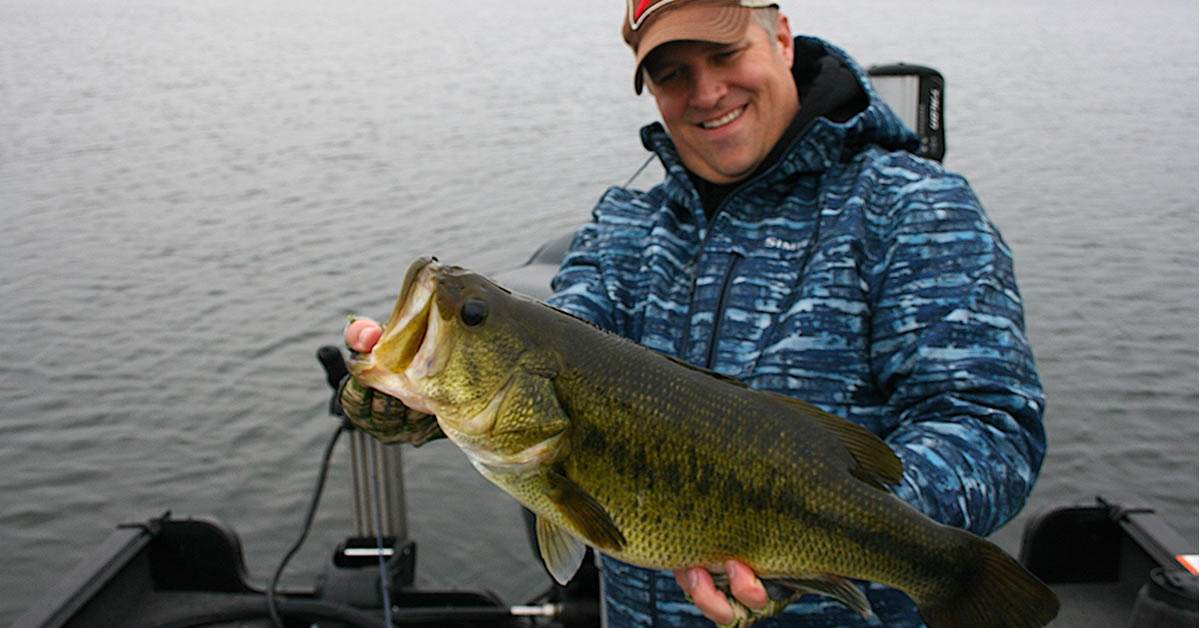
There are a ton of different tackle options available to you when it comes to the dropshot. But the basics are simple, and from there, the options are endless for fishing the dropshot.
Here's what you need: a section of fluorocarbon leader, a dropshot hook, a dropshot bait, and a sinker.
Rigging
When it comes to the dropshot, most anglers are turned off by the complexity of the rig. Breaking it down into much smaller pieces makes it much less daunting.First, you will need to choose your hook. After selecting the hook you want to use - which will be totally dependent on the style, size, and shape of the bait you want to hook—you are going to tie the hook to your line with the knot that is most comfortable to you, whether that's a Palomar or the pro-endorsed Eugene Slip Knot. When tying the knot, be sure to leave a long tag end (the end you would normally cut off). Once the knot is tied, you will put the tag end back through the eye of the hook from the top. Pull this tag end until the hook is perfectly horizontal. This step is very important to keep your dropshot rig facing up; this will result in getting the best hookup possible. Now that this is complete, you will need to attach the weight.

Choosing a Drop Shot Bait & Hook Combo
There are an endless number of dropshot baits on the market. Before choosing a bait, you need to determine how you want to hook the soft plastic. The three most common types are nose hooking, wacky rigging, and Texas rigging—and each requires a different kind of dropshot hook.
Nose Hook
Nose hooking is done by simply hooking the bait about ¼-inch into the front of the bait. Nose hooking is best used in open water with a minimal amount of vegetation. Nose hooking baits are often shorter in length and this hooking method puts the hook closer to where the bass is going to bite the soft plastic bait. The advantage of having an exposed hook is that it takes less force to penetrate the mouth and will usually result in a high hook up ratio. Three baits designed to be nose hooked are the Z-Man Finesse ShadZ, Strike King KVD Dream Shot Worm, and the Berkley Powerbait Maxscent Flatworm. Three solid hook choices are the Gamakatsu G-Finesse Aaron Martens Drop Shot Hook, Owner Mosquito Hook, and the Berkley Fusion19 Drop Shot Hook.
Wacky Rig
Similar to nose hooking, rigging your worm "wacky style" is best used in open water. The difference is that the worm is hooked through the middle of the bait instead of the nose. This is a relatively new style of drop-shotting and is likely something that your fish have not seen before. Just like nose rigging, the hook is exposed and is often fished in open water. Although almost any straight worm will work, the most common worms to fish on a wacky rig are the Z-Man TRD, Gary Yamamoto Senko, or Roboworm.
Texas Rig
The third way to rig a dropshot is Texas rigged, or weedless.This involves threading the worm up the hook to the line tie, and then re-hooking the worm to create a snag-proof dropshot rig (see the Texas rig article for specific rigging details). This is best used when fishing around grass lines, or docks.
When it comes to selecting a worm for this style, your options are endless. Some of the most popular options are the 6.5" Zoom Trick Worm and the 5" BioSpawn ExoStick; however, almost any bait can be Texas-rigged on a dropshot.
But stay away from EWG (Extra Wide Gap) hooks, which would normally be used for Texas-rigging. The hook gap isn't right for drop shot rigs and fish are missed as a result. Better options are straight shank hooks like the Gamakatsu G-Finesse Light Cover Worm Hook with bait keeper, Owner Cover Shot HD Worm Hook in 1/0, and Roboworm Light Wire Rebarb Hook.
Weights
In order to complete the drop shot rig, you will need a sinker. Be sure to pick a dropshot specific sinker. These specific weights feature a swivel on top that reduces line twist and a pinch styled line tie. This pinch style is designed to allow the line to slide through it. If your weight gets snagged and can't be freed, your line can be pulled through the sinker. This saves you from having to re-tie the whole rig every time you end up snagged. The three most common styles of sinker is a cylinder, ball, or teardrop style. A great blend of them all is a WOO! Tungsten Tear Drop sinker between a 1/8 oz and 1/4 oz. These weights will have you covered for all shallow water and deep water applications. And tungsten gives you better contact with the bottom, transmitting through line, rod, and reel exactly what type of bottom hardness you're fishing.
Rod and Reel
Drop-shotting is most often employed on a spinning rod, either a 7' Med-Light or Medium power with a fast or extra-fast tip. A Med-Light can be great in open water using a nose hook or wacky rig; however, a slightly more powerful rod will be needed when fishing around grass and any type of cover.A spinning reel in a 2500 or 3000 size is optimal—a 3000 will typically have a larger spool for longer casts but weighs a bit more. The key here, though, is drag. You want to choose a reel with an ultra-smooth drag and quick drag start-up inertia. The Daiwa Tatula LT MQ is a solid option for $199. Shimano also makes some great reels for dropshotting and should not be overlooked. A lot of guys are fans of the Stradic line, especially the Stradic FL in 2500 and 3000 size. Okuma also makes a great reel called the Helios SX 30 for dropshotting.
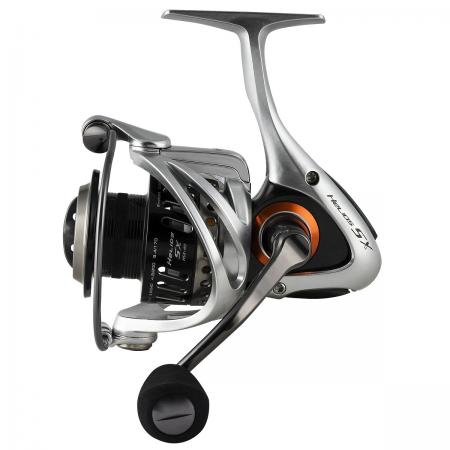
Line and Knots
Line is critical for finesse techniques. A popular choice is to run a braided main line with a fluorocarbon leader. Using an 8- to 10-pound braided main line will cast farther than a fluorocarbon and because braid has no stretch, it will offer exceptional sensitivity to detect subtle bites. The downfall to braid is that it is easily seen, that's where the fluorocarbon leader comes into effect. Fluorocarbon is invisible underwater and with a simple connection knot, such as a double-uni (uni-to-uni), FG, or Modifed Albright knot, you can get the best features of the braid and fluorocarbon. Some anglers insist that the FG produces the smallest knot for easier passing through guides on the cast, especially with fluorocarbon leaders that extend down into the spool, longer than the rod length.When deciding what test and brand fluorocarbon to use, the key is diameter. Make sure to choose the thinnest diameter you can get away with. 8-pound fluorocarbon from one company may not have the same diameter as the 8-pound fluoro from another company. For this reason, many serious bass anglers have gravitated to the odd size of 7-pound test available in Sunline and Seaguar products like Sunline's Super FC Sniper. Definitely something to consider as you want your bait to undulate and flutter as lifelike and as unhindered by the weight of fluorocarbon as possible. Stepping down to 6-pound fluorocarbon for certain finesse situations is not unheard of, especially when fish are negative.


